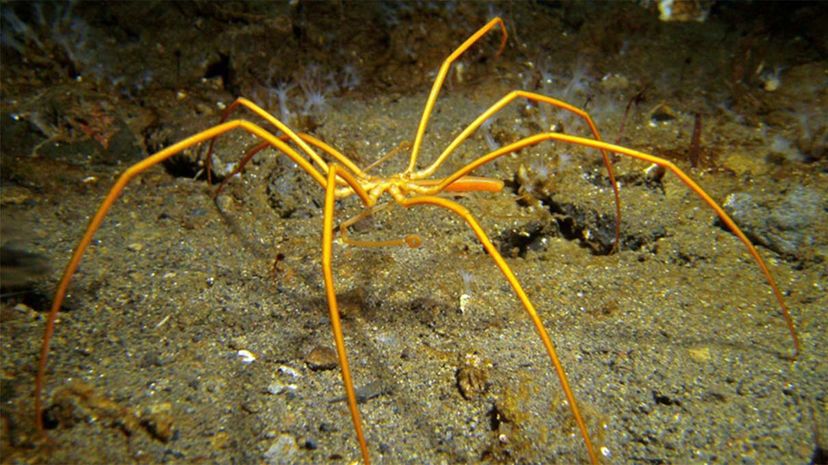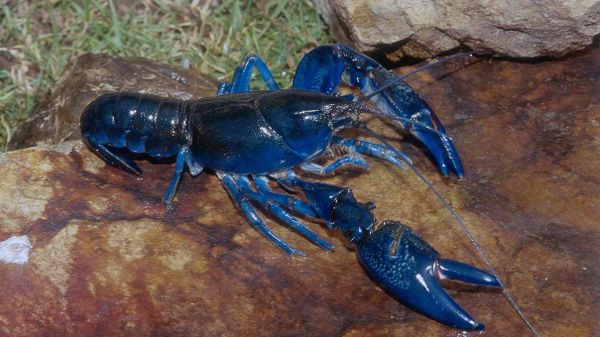
You can find a sea spider living in marine habitats all over the world, from shallow waters to the deep sea. They have the same eight legs you'd expect from land spiders, and like most species of spiders, sea spiders have segmented bodies and protective exoskeletons made of chitin.
Fossil records show that sea spiders have existed for hundreds of millions of years, boasting an ancient lineage within the world of marine invertebrates. Let's dive a little deeper.
Advertisement
